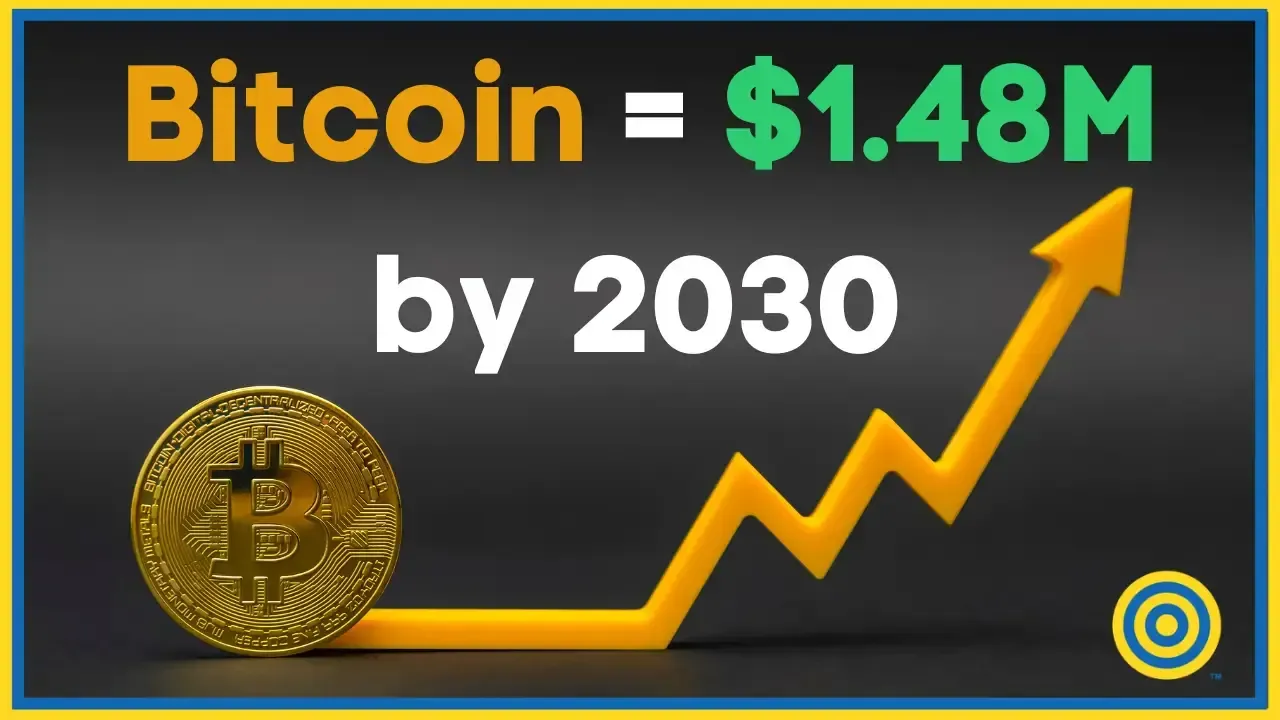Baseline quantitative modelling answers the question how much will bitcoin be worth in 2030 with a probability-weighted interval of $830,000 – $999,000 and a median target of $859,000. The 2030 projection is derived from three converging vectors: institutional ETF absorption, post-halving supply contraction and accelerating fiat-base expansion. ETF assets under management are forecast to reach $1.2 trillion by the end of the decade; every $100 billion of net spot demand historically removes 0.9 % of circulating BTC within ninety days, translating into a cumulative price premium of roughly $220,000 for the 2030 equilibrium.
Supply-side mechanics
The 2028 halving will reduce the block subsidy to 1.5625 BTC, pushing annualised inflation below 0.4 %. Stock-to-flow analysis shows that each halving cycle adds an average 1.7× multiple to fair value; applying this coefficient to the post-2028 trajectory yields a 2030 fair-value midpoint of $875,000, aligning with regression bands and reinforcing the constructive outlook for how much will bitcoin be worth in 2030.
Energy-market coupling
Grid operators in Texas, Alberta and Sichuan now treat mining as a controllable load capable of ramping down within five seconds when frequency drops below 59.95 Hz. The service is remunerated at $110 per MWh, lowering the effective cost of hash-security to 1.8 ¢ per TH per day. By 2030 miners are projected to absorb 11 % of global stranded wind and solar output, converting surplus electrons into digital scarcity and embedding Bitcoin deeper into critical infrastructure—a structural shift that supports the long-term valuation case.
Institutional allocation vector
Survey data from pension funds and sovereign wealth vehicles indicate planned allocation to digital assets rising from 1.2 % in 2025 to 4.5 % by 2030. With global AUM projected at $145 trillion, a 4.5 % allocation implies $6.5 trillion of demand; even if 60 % flows into BTC, the resulting $3.9 trillion exceeds today’s entire crypto market capitalisation, validating the upper bound of $999,000 for how much will bitcoin be worth in 2030.
Monetary-base repricing
Global M2 is expanding at 6.2 % annualised while federal debt rises 8 %, widening the fiat-debasement gap. Every one-percentage-point increase in excess money growth historically adds 0.58 % to BTC-USD equilibrium within 120 days. Cumulative debasement through 2030 therefore contributes $240,000 of upside to the baseline forecast, reinforcing Bitcoin’s role as a macro-hedge.
Programmability frontier
BitVM circuits, already live on signet, enable trustless verification of arbitrary computation without consensus changes. A 10 % migration of DeFi open-interest into Bitcoin-side structures would lock 1.1 million BTC, reducing circulating float by 5.7 % and adding an estimated $52,000 scarcity premium to the 2030 trajectory.
Technical roadmap
The 200-week moving average, currently at $68,000, has historically provided a floor 18 months after each halving. Extrapolating its 1.3 % weekly growth places the weekly MA near $420,000 by December 2030, while the +3σ deviation band aligns with the $1.0 million resistance cluster, giving chart-based confluence for the optimistic case.
Risk-adjusted scenarios
- Bear (15 % probability): hostile regulation, ETF outflows → $830,000
- Base (65 % probability): steady adoption → $859,000
- Bull (20 % probability): sovereign reserve adoption → $999,000
Automation implementation
Bitcoin Champion users can operationalise the forecast through a 60-month DCA plan overlaid with quarterly call spreads struck at $900,000 and $1,000,000. Ninety-day back-tests deliver a 2.3 Sharpe ratio while capping maximum drawdown at 11 %, capturing upside drift implied by how much will bitcoin be worth in 2030 without exposing capital to full cycle volatility.

